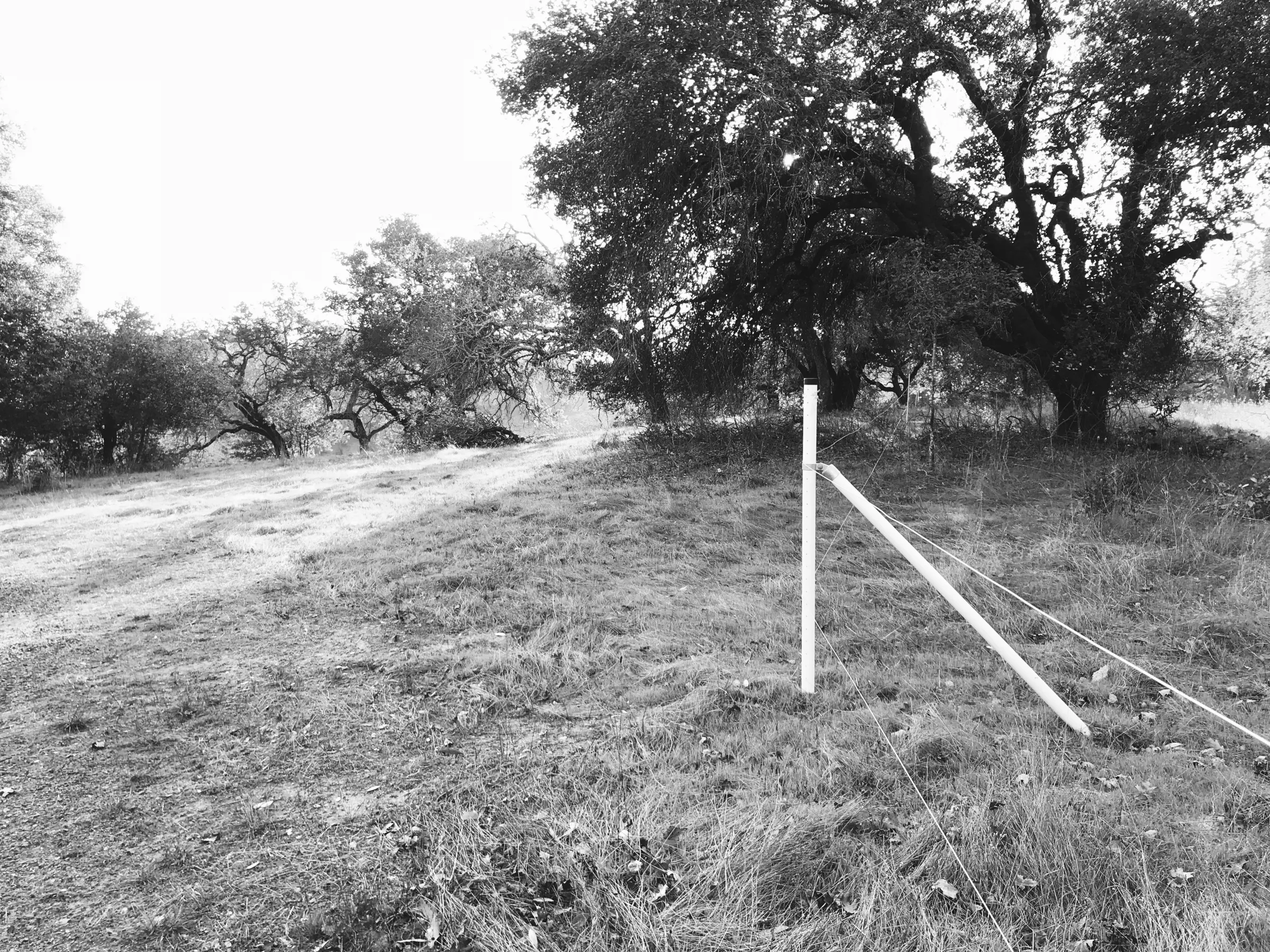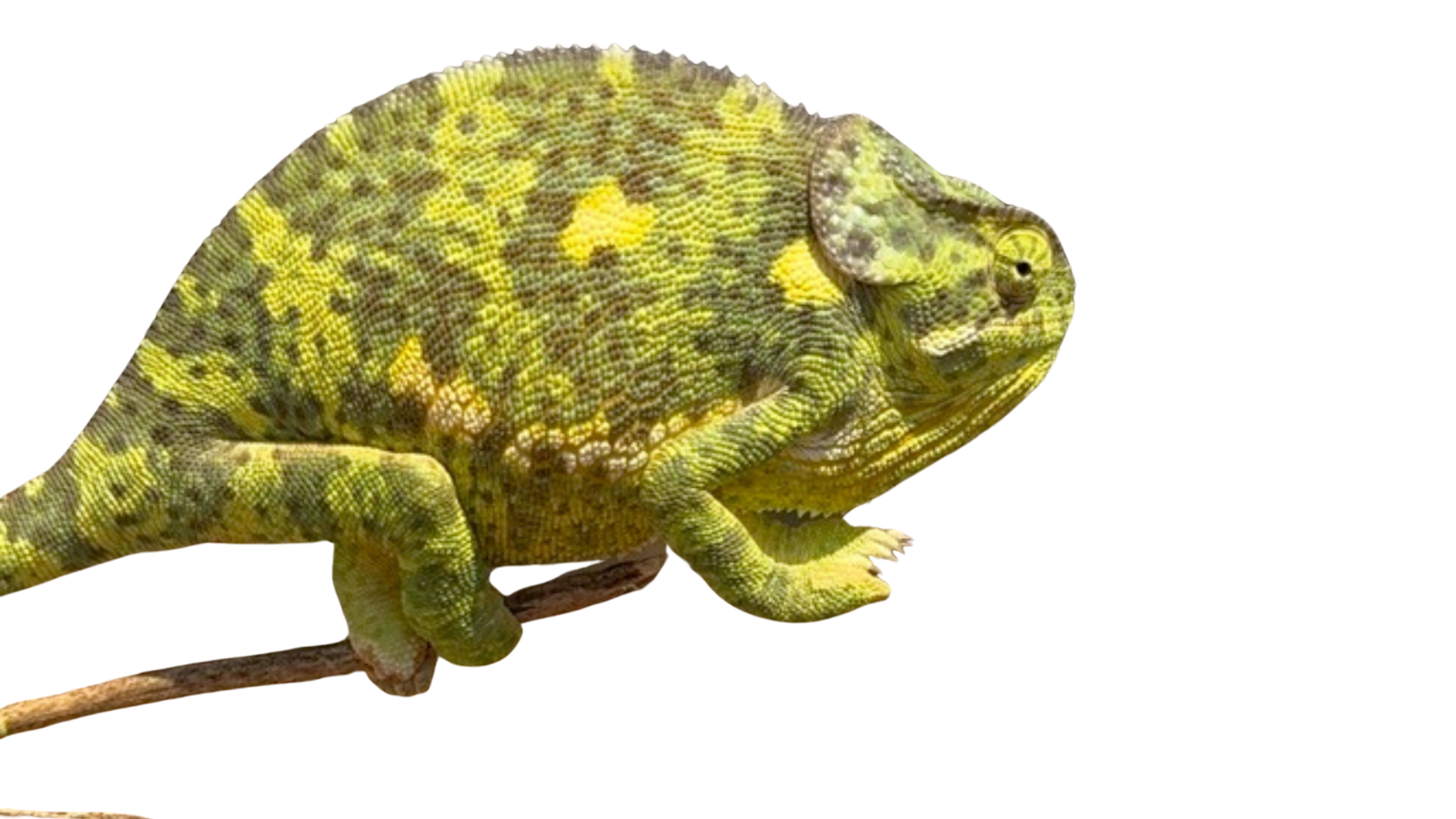Biomimicry in Agriculture, or, (better yet) Ecomimicry
Us nature-geeks blame technology for modern problems, but we can get a little fuzzy about where to go from there. Some nature-geeks champion the idea of ‘biomimicry,’ which is defined as ‘innovations inspired by nature.’ One example of biomimicry are the swimsuits modeled after shark skin. Or a computer algorithm that uses the schooling behavior of fish to sell you toilet paper. As a symbol, biomimicry is a good start, but if it is going to be super useful, it needs to be fleshed out.
I was thinking about all of this the other day while loading up the truck to build fence. Our fences are made of space age fiberglass. We use these fences to divide our ranches into smaller paddocks. This allows us to protect the grass in a pasture from cattle grazing. After a few weeks or a few months, the grass can regrow and gain strength until it is ready to be grazed again. As a result of moving the cattle, we grow more grass and heal the land. As a result of thinking about biomimicry while I should have been thinking about which pliers I needed, I had to turn around and go back to the trailer.
Our technique of moving cattle works because it mimics the way large herds of wild animals once moved over the landscape. As the wild herds were killed off, the old-timers replaced them with domestic cattle. The old-timers needed to stake their claim on these cattle and keep them from getting mixed up with the cattle that other old-timers had staked claims on. So they built fences.
These fences forced the cattle to stay on one spot all year. Without the fences, grazing animals could come with early rains, and then leave after things dried up, as they have this year. Now cattle have to stay in one spot and chew the grass down to nubs and then keep chewing. The plants did not evolve a way to deal with this situation, so they lose energy and die. This results in ecological degradation. We build our fences to counter the degradation. You could call this ‘biomimicry’ in agriculture but I think there is an essential difference between what we do and the examples of biomimicry that are usually thrown around.
Reimagining Biomimicry in Agriculture as ‘Ecomimicry’
Biomimicry in agriculture could result in tractors with ball joints modeled after the hips of a Triceratops. That tractor would still destroy soil. We could come up with an Intercontinental Ballistic Missile modeled after a flying-fish. Depending on who came up with it and how well it worked, we might wish that we had never heard of biomimicry.
If we reimagine biomimicry as, say, ‘Ecomimicry,’ we can be more specific. We can look to the interactions between species for models when solving modern problems. For example, no one would look at our fiberglass posts and say that they are super revolutionary, nor would they say they intentionally mimic… well, anything in nature. But the fence completely revolutionizes the interaction between livestock, grass, soil microbes, humans and everything else in the ecosystem. In Ecomimicry, it is the interaction that is innovative, not the technology.
The Wider Pattern
The irony of building fences to solve a problem created by fences is not lost on us. Fiberglass seems like an amazing fruit of human ingenuity. But in our case it simply allows us to do what the ecosystem has been doing for hundreds of millions of years.
You can laugh, but as far as I can tell, every technology in your life follows the same pattern. However those other technologies are many steps removed from the ecosystem. Therefore the pattern is not different, just more obscure. Fences and cattle illustrate the point because the interaction between fences and cattle lies at the very base of a complex genealogy of technologies. Our antibiotics, software, and autonomous driving cars all exhibit the same pattern (for many more examples and much more elaboration, see the book). These technologies were created to fix problems created by previous technologies. If we are going to solve the problems of today without creating a whole new set of problems for tomorrow, then we need a more nuanced understanding of the problems that technology creates, more nuanced than the term ‘biomimicry’ can provide.
Next week, I will delve deeper into the difference between biomimicry in agriculture and ecomimicry by discussing one of the more contentious technologies of our age, Genetic Engineering. And I will discuss about why it shouldn’t be that contentious.

